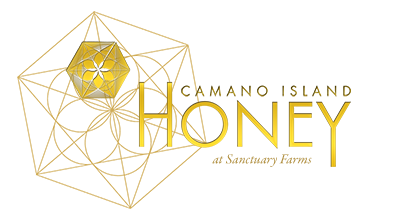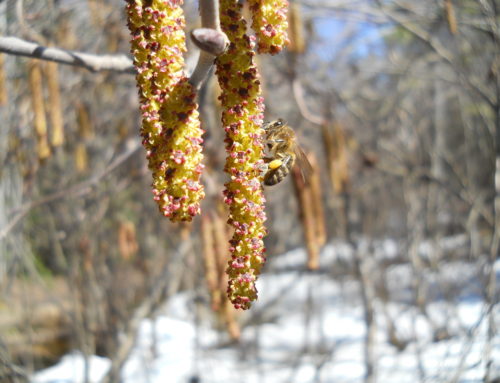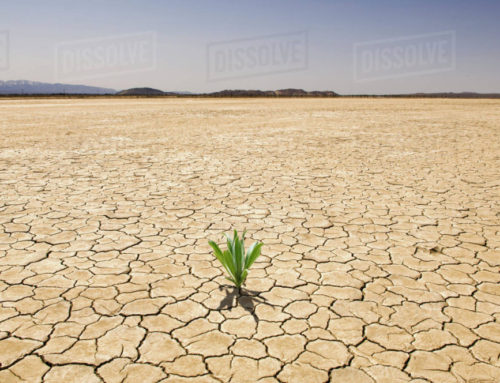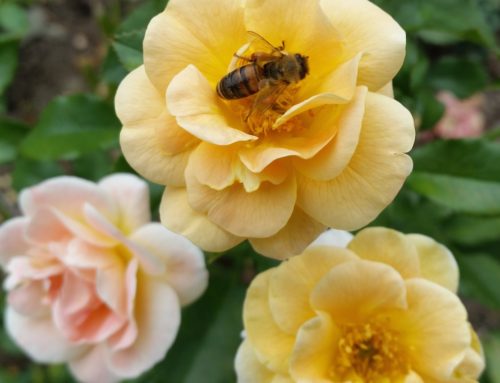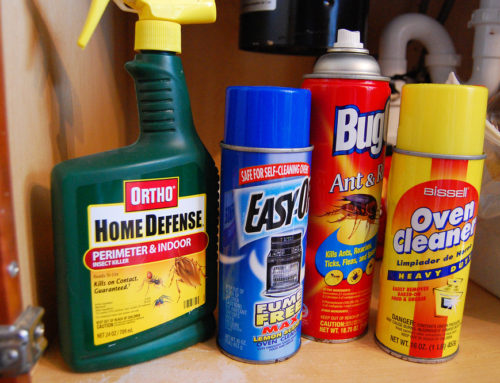Nothing means summer more than warm weather and blooming flowers. With those flowers come the pollinators – especially my favorite, the honey bee!! This segment of the National Pollinator Week postings is about pollinator nutrition and how we can all help to get them what they need to eat. This is even more important during the periods of the season where nothing is blooming or the blooms aren’t producing enough, which is what we beekeepers call a “dearth”. Typically these times of lack of a nectar flow occur when the major nectar sources are finished blooming and another type of plant hasn’t started yet. Here in the Pacific Northwest we have several major nectar flows and some small ones, with other periods of nothing – well almost nothing, there’s always the dandelions and white clover!!
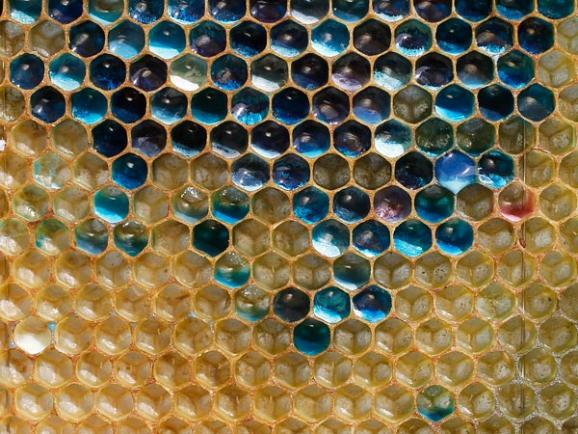
Sugar is sugar – even if it comes with a blue M&M coating!!
To start the conversation we probably should look at nutrition for pollinators and what they need. Basically, there are the carbohydrates (sugars) provided by the flower nectar, and proteins provided by the pollen in plant blooms. Although most people think that if they see flowers then there’s plenty for the bees, but the nectar flow is tricky sometimes. If it’s been very dry when a certain type of flower is blooming, that flower may not have enough water to push up into it’s blooms, the plant will conserve water for its immediate survival without concern for it’s long term legacy (seeds). Additionally, the soil conditions determine the quality of the pollen it produces. If local soil conditions deteriorate due to too much rain (the nutrients wash out of the soil) or there’s too heavy a load on the soil (overgrowth of a certain type of plant that isn’t a flower producer), then the nutrients don’t make it up the stem of the plant into the flowers.
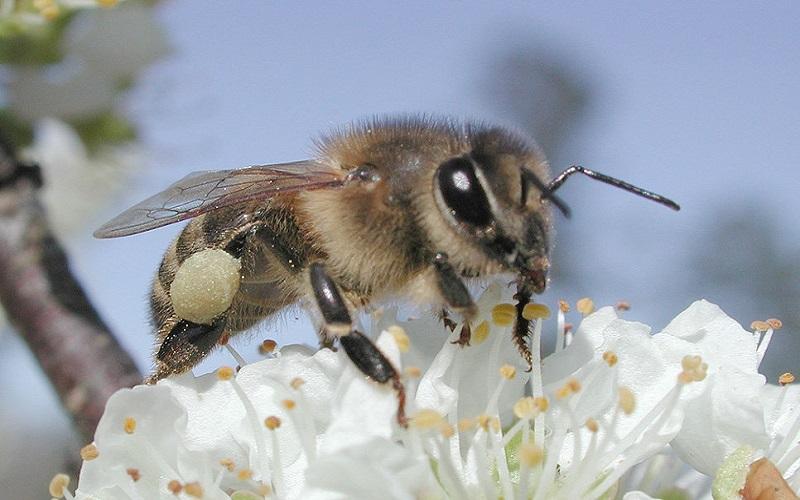
Blackberry Pollen Pants
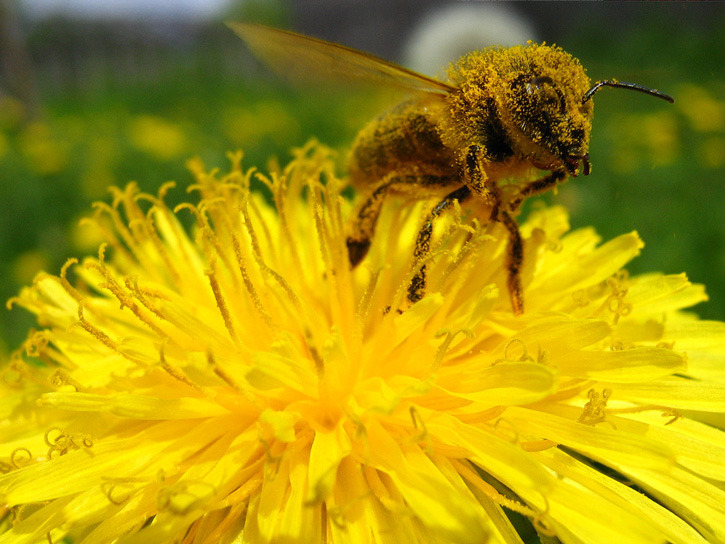
Covered in dandelion pollen
Pollinators are also very specific about what types of nutrients they need to support their systems. Some flowers although abundant and productive are toxic to bees (rhododendron is not good for honey bees, but bumbles seem to thrive on them). Also, there are protein profiles that are specific to each pollinator species and some flowers don’t have the pollen that provides all of the components needed by a species. I won’t bore you with the list, but there are 10 essential amino acids required in the diet of honey bees. Some flowers have all of those and some only have a few. The quality of the protein is what determines whether that source is a big pollinator resource or not – so if you don’t see bees on a certain flower it may just be that it doesn’t satisfy them, so they don’t waste their time on it!!
So, with all that information, what is it that we can do to support their needs considering how diverse their needs are if you look at all the pollinators? I always say that the ultimate goal with any project is to build a system that is greater than the sum of its parts….I think each of us can do a little that will add up to a lot in the eyes of a little insect!! Here’s a list of some of the little things that can help:
- Don’t over water gardens and landscaping to conserve nutrients in the soil.
- Buy from nurseries and seed companies that have pollinator support programs.
- Plant nutritionally rich and diverse flowers in a section of your yard (I call this a wildflower garden and it looks like a lot of chaos so I segregate it to one section and just let it do its thing!!)
- Don’t take out dandelions if you can stand to have them – along driveways and roadways are places they can be without being an eyesore – so ask your local county DOT maintenance to stop mowing them down on the side of the road!!).
- Plant for the dearth – here the low food periods for pollinators are the end of May and after the blackberry – end of July through October. They can really use our help then.
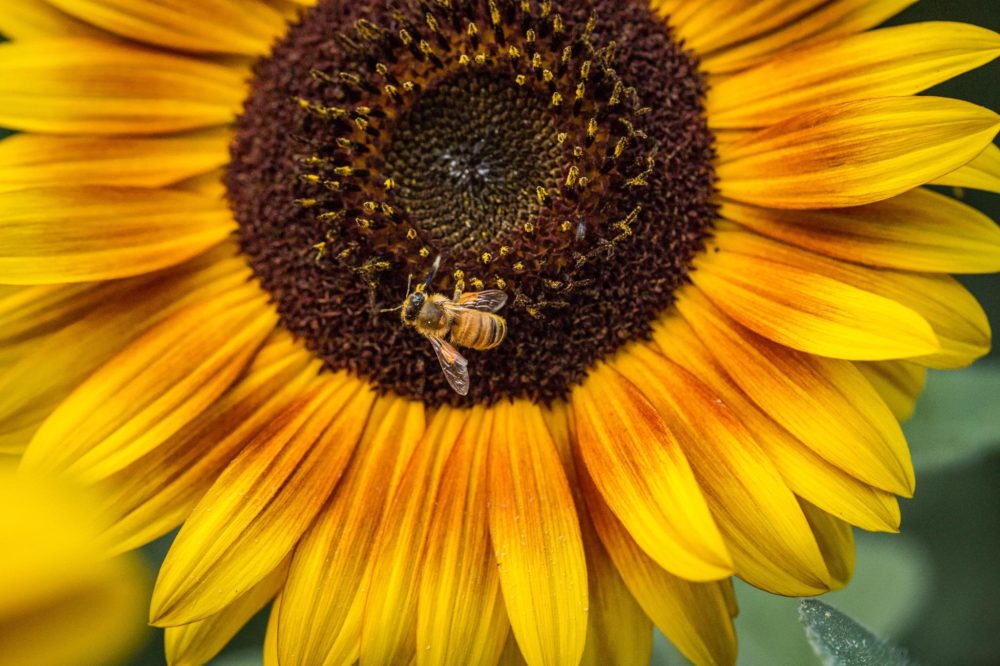
Sunflowers are fun!!
Tomorrow’s blog will include a planting list for just those times in the season when the pollinators need our help the most – so tune in and start planting!!
